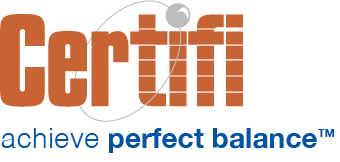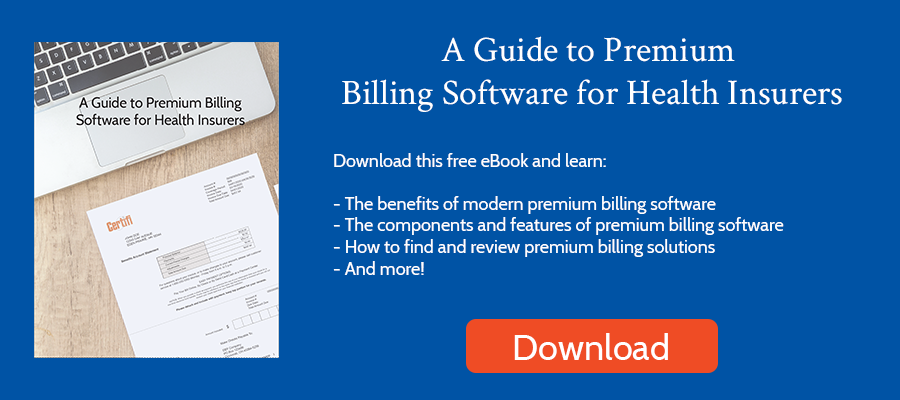We recently had a conversation with a health plan about their premium billing platform. The health plan leverages a billing module offered by their core admin solution, a market leader. They indicated the solution is great at processing claims. Unfortunately, from a premium billing perspective, it only generates invoices. It doesn’t include key features like a premium billing payment portal or delinquency management.
As a result, the health plan was exporting data from that billing platform and manually performing mail merges to create warning and termination letters. That process is time-consuming. Because it’s a manual process, it’s also more likely to result in inaccurate data. The resulting letters may confuse or anger members instead of informing and encouraging payment.
If you’re a health plan using a similarly limited core admin billing module, it may be in your best interest to shop for a better premium billing solution. When you examine the solution’s health plan premium delinquency management capabilities, here are four key features to look for:
Configurable Delinquency Communications
Your first delinquency warning letter may differ from your second. Or, the product may determine the letter’s content. Or, you may want to modify the logo based on the brand name associated with the plan.
Your software solution should be able to configure communications based on a number of different elements. The key to maximizing collections is to deliver the appropriate communication at the appropriate time. For many health plans, that means a different first and second warning as well as a distinct termination letter.
But delinquent payment warning letters are not the only type of communication you need to send. Partial payment letters should be configurable. As should failed payment letters so members can complete the payment process.
Finally, you want your brand front and center, which is why logos should be configurable by product or location. You also may have distinct phone numbers or emails you want to include in specific letters to improve the customer service process by directing members to a specific team or location.
Multiple Delinquency Notification Delivery Options
The goal of any delinquency communication is to inform your member that their payment is late and encourage them to make an on-time payment. If they fail to read the letter, they’re not going to make a payment. Multiple forms of delivery — whether that’s a mailed letter or an emailed notification — improve the likelihood of being read by the member. And if the member reads the communication, it’s more likely they’ll make a payment.
Look for a solution that includes multiple delinquency letter delivery types, including both print and email communications.
Rule-based Delinquency Events
In order to automate the delinquency communication process, you want to eliminate data extracts and mail merges. Instead, you want a solution that allows you to create one or many rules that define when a delinquency letter should be created. Then create the letters, including embedding necessary member data. That can include basic data like names and addresses as well as payment data like the date the payment was due and the amount due.
As we mentioned earlier, you likely will have multiple letters — a first warning, a second warning, a termination letter, etc. Each of those letters will likely be generated within a specific time period after the due date, say 30 days for the first warning, 45 for the second, and 60 for the termination. Being able to create rules designed to automatically generate those letters can help automate your health plan premium delinquency management process. You’ll save time and improve the accuracy of every letter.
Flexibility
Some health plans would like to charge a late payment fee or another fee as a result of a delinquent payment. But if their software doesn’t support it, managing late payment fees manually may be more time-consuming than it’s worth. As a result, they forgo that late payment.
But if you could automate that late payment, automatically applying it when a rule triggers the delinquency event, would that change the equation? You want a software solution that can flexibly handle a number of scenarios, including the ability to charge late fees.
Another key feature, especially in an automated solution, is the ability to enable exceptions to rules. For example, imagine you want to exclude a specific member from receiving a specific delinquency notification. You want the software solution to be able to exclude a specific member from receiving a communication. There are always going to be exceptions to rules, and you want to be able to manually override any automated rules and manage by exception.
Certifi’s health insurance premium billing and payment solutions help healthcare payers improve member satisfaction while reducing administrative costs.



